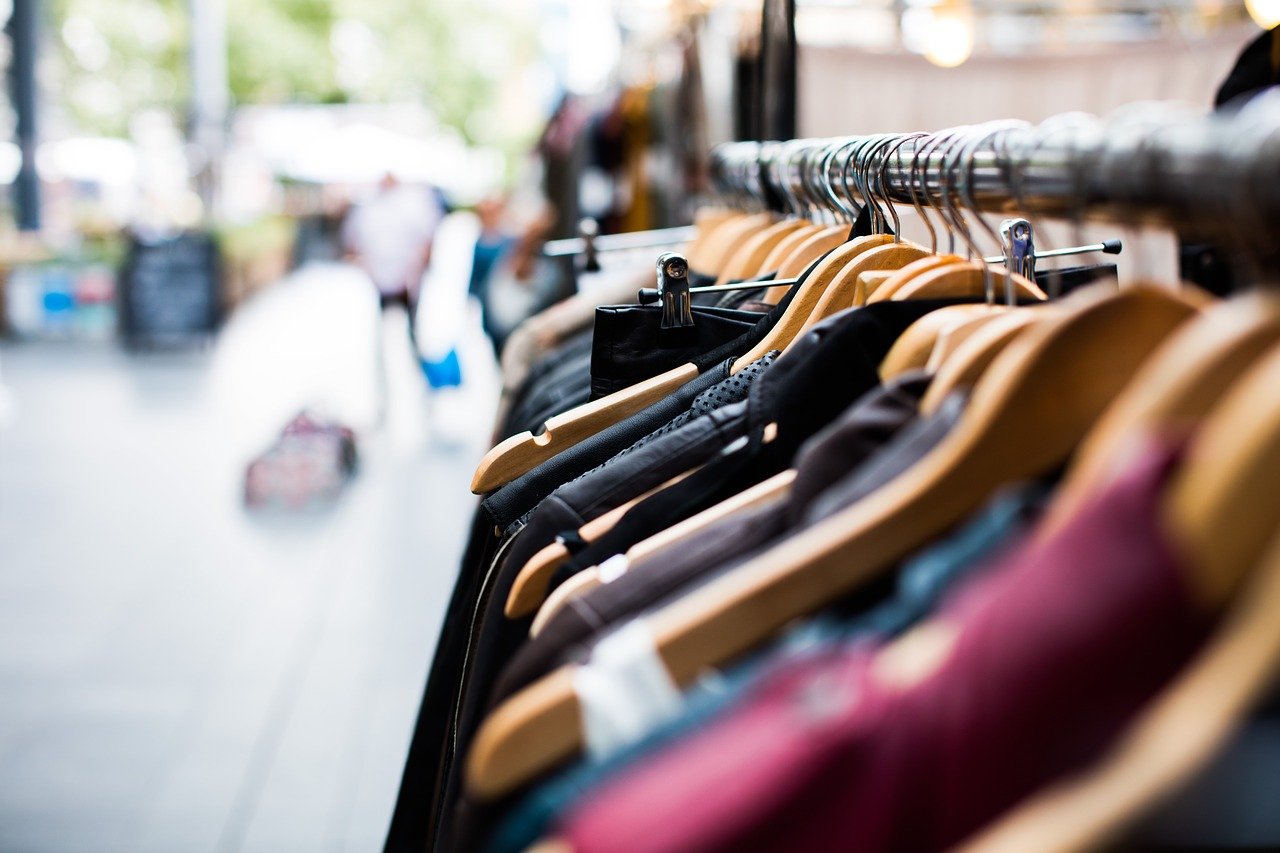Clothes and fashion are the best ways to express or reinvent ourselves. We can change our style entirely or add a few pieces that will give us confidence and make us feel better.
It’s also a delightful experience; however, with the fashion industry being one of the biggest polluters and carbon emission producers on Earth, we need to change how we approach it.
Becoming sustainable shoppers benefits the planet and helps fight climate change. It also can help us be more mindful and intentional in creating our style.
And since it can be overwhelming to change gears and old habits, we’re here to help you with some simple tips and ideas to become a more sustainable shopper.
Buy local
Currently, the fashion industry accounts for 8.1 percent of global emissions, and the emissions are forecasted to rise by 60 percent by 2030.
Buying from smaller local businesses reduces the shipping costs for materials and deliveries. Many local brands also work with local suppliers that reduce overseas travel and carbon footprint!
Purchasing a coat made by a local artisan will also help you support your community and make you look stylish and more unique than wearing something from a fast fashion brand that thousands of other people have.
Buy eco-friendly
Shopping for eco-friendly, cruelty-free, and vegan clothing will reduce
environmental impact and support businesses making significant changes in protecting animals.
The more people discover eco-friendly products, the more normalized this option becomes. You can find sustainable and eco-friendly t-shirts by Fresh Clean Tees here. The most important part is that the brand is transparent about the whole process, from the production of the shirt, till it reaches the shelves of the shop.
Read about the brand
Always read up about the brand before shopping. Do they have a mission? How do they approach the fashion industry challenges? Do they provide a safe and fair working environment and offset carbon footprint? This information is transparent if the brand is clear and responsible.
Check for certifications
Always look for certifications on fabrics. If the brand has a certificate, it helps you be sure that it’s not just marketing!
Here are a few certificates to look for.
OEKO-TEX. It’s a certification system for textiles that comes in many levels, from basic indicating that the piece is free of hazardous chemicals to the highest issued for baby and toddler clothes.
GOTS (Global Organic Textile Standard). This certification means that the piece of clothing is made of no less than 70% organic fibers.
Forest Stewardship Council. This certificate shows that the trees used for the production were sustainably harvested.
Fair Trade. The certification means that the brand’s factory workers work in safe conditions and are paid at least the minimum wage.
Don’t shop on a whim
We all have made some impulse purchases we regret, so let’s try to think things over first. Do we really want another pair of jeans, or are we just feeling down? A great strategy is to take a couple of days to think your potential purchase over.
Avoiding shopping sprees or shopping on a whim will help reduce wastage and carbon footprint. Billions of pounds of clothes end up in landfills each year, polluting our planet immensely, so let’s do our part in reducing that number.
Go plastic-free
Plastic packaging in the shops and for deliveries makes up about 40% of all plastic waste globally. That’s crazy! What’s worse, a lot of waste ends up in our waterways and harms sensitive ecosystems.
Avoid plastic altogether, bring your own shopping bag to stores and always opt for plastic-free packaging for deliveries.
Shop second-hand and durable
While you can’t buy everything second-hand, exploring thrift shops for interesting items to bring back to life helps reduce waste and also can be great for your style!
There are many great vintage stores in most cities where you can find true fashion pearls for a bargain!
